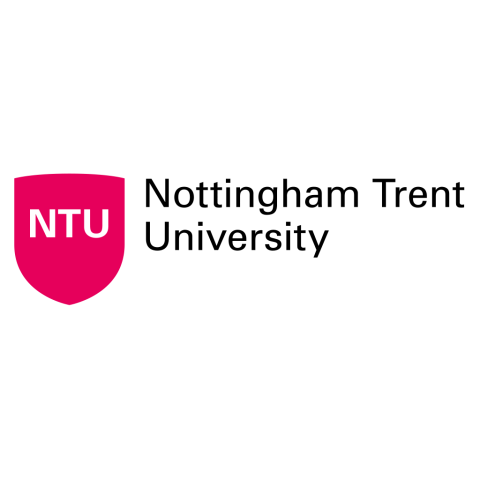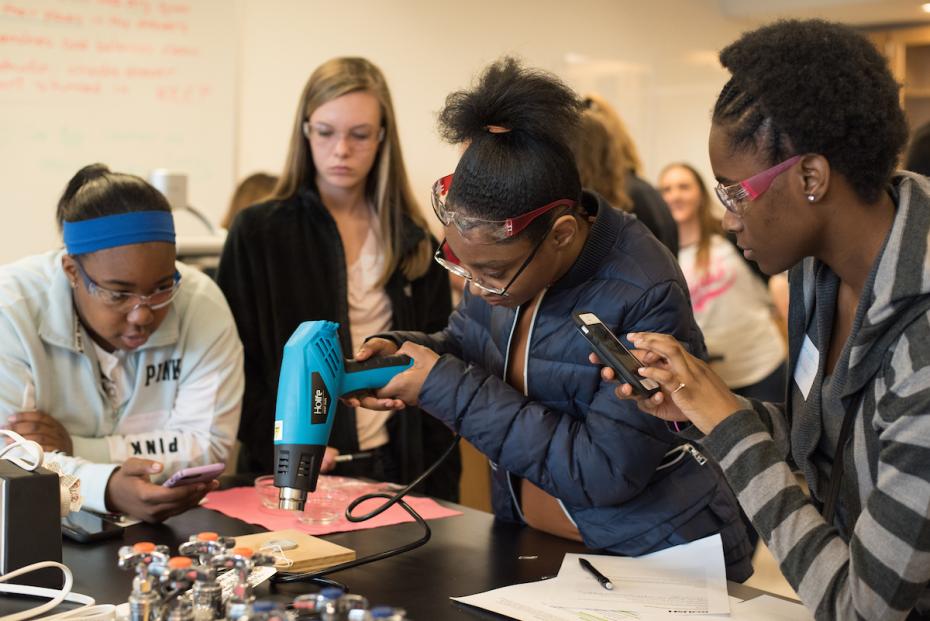
Successful outreach requires an agile approach
A key challenge for university outreach teams is offering programmes that fit within the tight schedules and curricula of local primary and secondary schools.
By reviewing and refreshing our outreach offering to make it more flexible and relevant to school needs, we have doubled the number of outreach activities schools have booked, from 157 in February 2024 to 333 in February 2025, enabling us to reach a higher proportion of pupils eligible for free school meals.
This was done for the latest Office for Students’ (OfS) Access and Participation Plan (APP), which requires universities to share their plans for supporting groups underrepresented in higher education, every four years.
A provision refresh involves a careful balancing act between meeting regulatory requirements and remaining relevant and responsive to the needs of pupils and local communities.
- Resources on widening access to higher education
- Unlocking minority students’ potential with an asset model approach
- School Tasking: forget explosions, it’s all about the skills
The team’s successful outputs, measured in school bookings, involved them further enhancing the sustained and progressive outreach offer we had in place (consisting of classroom and on-campus activity) while remaining informed by research and evidence. When you review your offering, it’s important to make sure your team are aware of the reason for the change and a vision of the destination. My team were presented with broad ambitions to see more free school meals pupils and tasked with undertaking a feasibility study to examine the data, risks and opportunities.
From this, we decided to pilot some new activity so we could “give the work a try” before formally committing to it longer term. Pilots provide a safety net and plenty of potential at a low risk. If it doesn’t work, you can pivot or decide to leave it. If it does work you can choose how you drive it forward and build on it. We operated as a collective, an approach I advise you to take – it is a team journey. This resulted in:
- A new project, Oracy, to enhance speaking and listening skills in primary schools.
- An improved outreach programme for secondary schools, comprising of a new suite of whole year group assemblies followed by the existing workshops specifically for free school meals eligible pupils.
Tips for driving change across a team:
- Make sure the team understand the principles that underpin your work and the contextual landscape you are operating within. Listen to what your customers need and be responsive.
- Know your people and understand their skill set and what motivates them, as this will help you assign tasks.
- Consider working with a wide range of stakeholders. They offer insights, support and expertise and are critical friends. My team worked with colleagues from local schools and two departmental teams: the research and insights team and the operations and stakeholder engagement team, to direct the change.
- Set expectations so that your team come to you with solutions to problems. It creates agency.
- Some of the best advice I had during this process was from a fellow team manager who advocates a “fail fast, learn from it – move on” cycle. Pilots can be a key part of this process and help you quickly assess the reality of whether something is effective, or not, and move forward with clarity. Ensure there is effective monitoring and evaluation of pilots and do not be afraid to shelve something if it does not work.
The action
Your team need to be agile and to prioritise to focus on the changes required. With high workloads in higher education, it is a mistake to assume people have time to take on new responsibilities relating to these kinds of change activities. So conduct a proper assessment and match opportunities to professional development goals to encourage ownership.
To acknowledge change is a continual cycle in HE, I invited my team to read a change management book, Switch: How to Change Things When Change is Hard by Chip and Dan Heath, which was the catalyst for embedding a common “change language” and approach.
Tips:
- Reprioritise workloads as necessary. This gives the team room to focus on and accelerate change.
- Check in with the team regularly to help you establish priorities.
Next steps
As the work becomes embedded, we have come through the design process and now it is about delivering on our reimagined offer. The team are motivated and understand that whatever new strategic changes occur, we will deal with them as a collective. You can foster this mindset in your team by believing in them and working together to find a positive way forward when you need to pivot.
Laura Bates is the widening access and outreach team manager at Nottingham Trent University.
If you would like advice and insight from academics and university staff delivered direct to your inbox each week, sign up for the Campus newsletter.
Additional Links
Professional Development that has helped shape my mindset:
- GoMAD Thinking
- GRIT Breakthrough programmes
- Aurora, Advance HE’s leadership programme for women
- Leading at Nottingham Trent University, a course for line managers
- Access and participation plans
- Switch: How to Change Things When Change is Hard by Chip and Dan Heath




